North Korea marked a defining moment in its political calendar with a vast military parade in Pyongyang on October 10, 2025, showcasing its latest strategic weapons and affirming deepening partnerships with China and Russia. The event, celebrating the 80th anniversary of the ruling Workers’ Party, reflected the regime’s growing confidence amid shifting global power dynamics and renewed geopolitical divisions.
The meticulously choreographed display served as both a domestic show of unity and an international message of defiance — one aimed squarely at the United States and its allies in the Asia-Pacific region.
A Parade of Power and Symbolism
The grand spectacle took place in Kim Il Sung Square, where thousands of soldiers, tanks, and missile launchers paraded under the watchful gaze of North Korean leader Kim Jong Un.
The centerpiece of the night was a new intercontinental ballistic missile (ICBM), widely believed to be the Hwasong-20, the latest and most advanced addition to North Korea’s nuclear arsenal. Mounted on an eleven-axle launcher and painted in camouflage green, the missile was presented as a symbol of North Korea’s “indomitable strength and sovereignty.”
Military analysts suggest the Hwasong-20 is a solid-fuel ICBM, representing a major leap in the country’s missile technology. Unlike older liquid-fueled systems that require lengthy preparation before launch, solid-fuel missiles can be fired quickly and are harder to detect or intercept. This advancement, if operational, could enable North Korea to strike targets across continents with greater reliability.
State media declared that the missile “guarantees peace through strength,” framing it as a defensive measure rather than an offensive threat — a familiar theme in North Korean propaganda.
Foreign Guests and Strategic Messaging
What set this parade apart from previous ones was the presence of high-level foreign dignitaries. Chinese Premier Li Qiang, Russian Security Council Deputy Chairman Dmitry Medvedev, and Vietnamese leader To Lam attended as honored guests — an unmistakable signal of the country’s shifting alliances.
Their attendance symbolized a powerful diplomatic message: as the world fractures into competing spheres of influence, Pyongyang is aligning itself openly with Beijing and Moscow.
For Kim Jong Un, sharing the podium with representatives from China and Russia was a moment of validation. It suggested that North Korea, long isolated by Western sanctions, is finding new legitimacy through partnerships with other powers opposed to U.S. influence.
Observers noted that Li Qiang’s presence marked the highest-ranking Chinese visit to Pyongyang in several years, emphasizing Beijing’s interest in maintaining stability on the Korean Peninsula while countering American military alliances in the region.
Medvedev’s appearance also carried weight, underscoring Russia’s willingness to strengthen ties with North Korea amid its confrontation with the West over the war in Ukraine. Reports in recent months have indicated that Pyongyang supplied Russia with artillery shells and missiles, possibly in exchange for satellite and missile technologies.
A Defiant Message to the West
Kim Jong Un, dressed in a dark military-style suit, smiled and waved to cheering crowds as he watched his troops march in perfect formation. While he did not deliver a long public address, his presence and gestures spoke volumes.
The parade was a carefully crafted statement of defiance and self-reliance, declaring to the world that sanctions and isolation have failed to weaken North Korea’s resolve.
“The might of the republic cannot be broken,” North Korean media proclaimed in a statement following the event. “Our weapons ensure our peace, and our allies stand beside us in friendship and trust.”
For Washington, Seoul, and Tokyo, the parade represents a renewed challenge. The unveiling of the Hwasong-20 highlights North Korea’s ongoing commitment to advancing its nuclear and missile capabilities — despite repeated United Nations resolutions banning such development.
In Seoul, the South Korean Defense Ministry condemned the display as “a dangerous provocation that threatens peace on the Korean Peninsula.” Japan’s government voiced similar concerns, warning that the new missile could potentially reach U.S. territories in the Pacific.
The United States reiterated its commitment to defending its regional allies, emphasizing the importance of deterrence and military preparedness.
Military Innovation and Unanswered Questions
While North Korea’s parade projected confidence, experts caution that the true capabilities of its new missile systems remain unverified. The Hwasong-20 has not been flight-tested publicly, and there is little independent evidence confirming its operational readiness.
Nevertheless, the visual symbolism of the weapon is powerful. It demonstrates that Pyongyang continues to pursue advanced strategic systems and wants the world to believe it has achieved parity with global nuclear powers.
The parade also featured hypersonic missile prototypes, unmanned aerial vehicles, and new-generation armored vehicles, suggesting an effort to modernize multiple branches of the armed forces.
For Kim Jong Un, these displays serve not only to impress the world but also to strengthen his image domestically. In a nation facing chronic economic hardship, military achievements are often used to rally national pride and reinforce loyalty to the regime.
Strengthening the “Anti-Western Axis”
The political implications of the parade go far beyond symbolism. The presence of Chinese and Russian leaders points to a deepening triangular partnership that could reshape the strategic balance in East Asia.
Beijing views North Korea as a critical buffer zone between China and the U.S.-aligned democracies of South Korea and Japan. Moscow, meanwhile, sees Pyongyang as a valuable partner in circumventing Western sanctions and expanding its influence in Asia.
For Kim Jong Un, this alignment provides diplomatic protection, trade opportunities, and potential technological collaboration. It allows North Korea to project itself as part of a broader coalition resisting Western dominance — a role the regime appears eager to embrace.
However, this growing partnership also complicates international diplomacy. Efforts to revive nuclear disarmament talks are now overshadowed by broader global rivalries. With China and Russia increasingly unwilling to enforce U.N. sanctions, North Korea faces fewer constraints on its weapons programs.
Reactions Across the Region
The parade’s timing — coinciding with a period of heightened global tension — adds to its significance. With wars raging in Ukraine and the Middle East, and with U.S.-China competition intensifying, North Korea’s assertive posture contributes to a sense of escalating global polarization.
In South Korea, public opinion remains deeply divided. Many view Pyongyang’s growing confidence as a justification for strengthening alliances with the United States, while others fear that increased militarization could provoke further conflict.
Japan, meanwhile, is expanding its missile defense capabilities and has pledged to double its defense budget by 2027, citing threats from both North Korea and China.
Analysts warn that the region may be entering a new phase of the arms race, with each side responding to perceived threats through military expansion.
A New Era of Defiance
As fireworks erupted over Pyongyang to close the parade, Kim Jong Un stood on the reviewing stand with his daughter by his side — a symbolic gesture that many interpreted as the presentation of his eventual successor.
For North Korea, the event was more than a military display; it was a declaration of a new world order. Surrounded by powerful allies and backed by a growing arsenal, Kim projected confidence that his country would not be bullied, isolated, or ignored.
Whether this confidence translates into real stability or heightened danger remains uncertain. But one thing is clear: North Korea’s message to the world is louder than ever. It is no longer seeking quiet survival — it is demanding recognition as a strategic power in a changing global landscape.

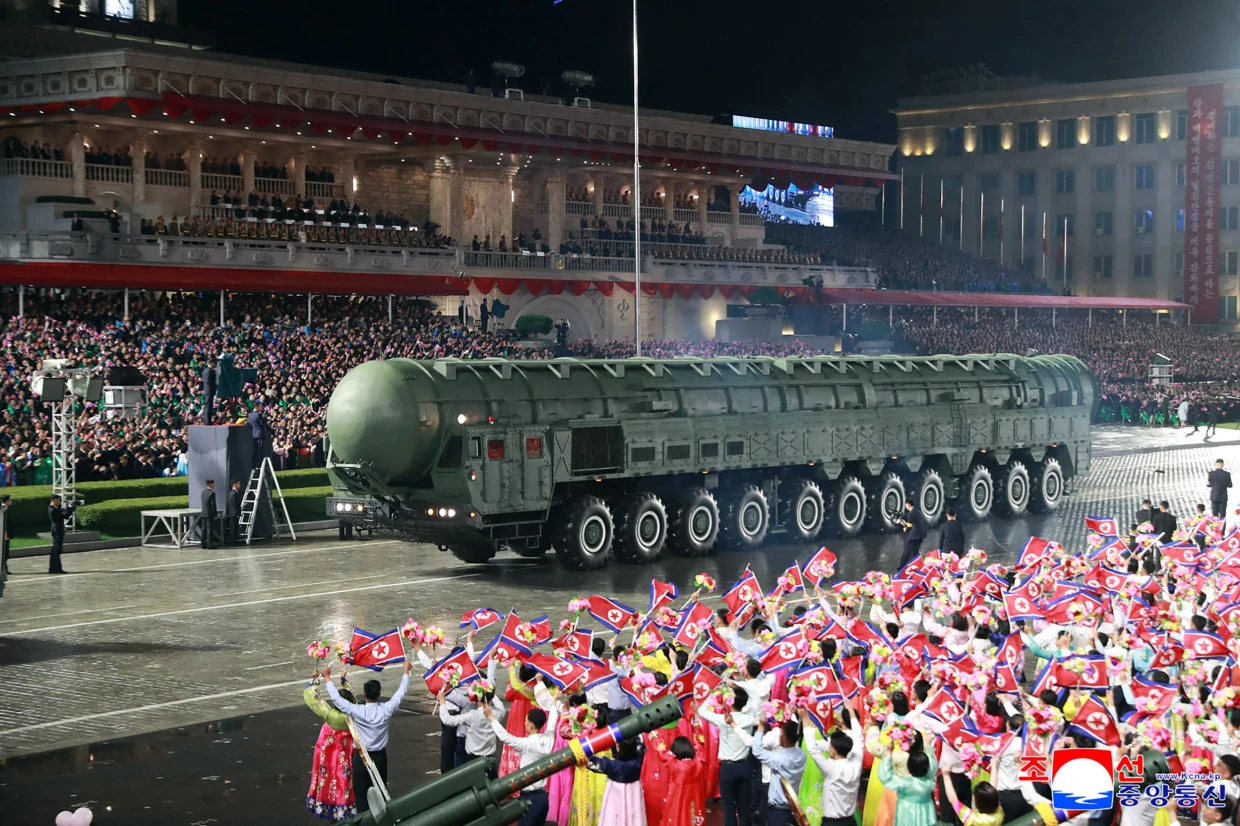
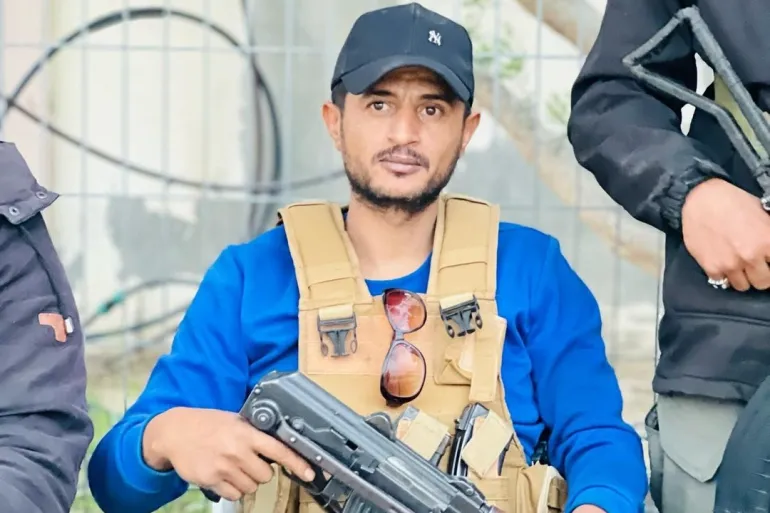
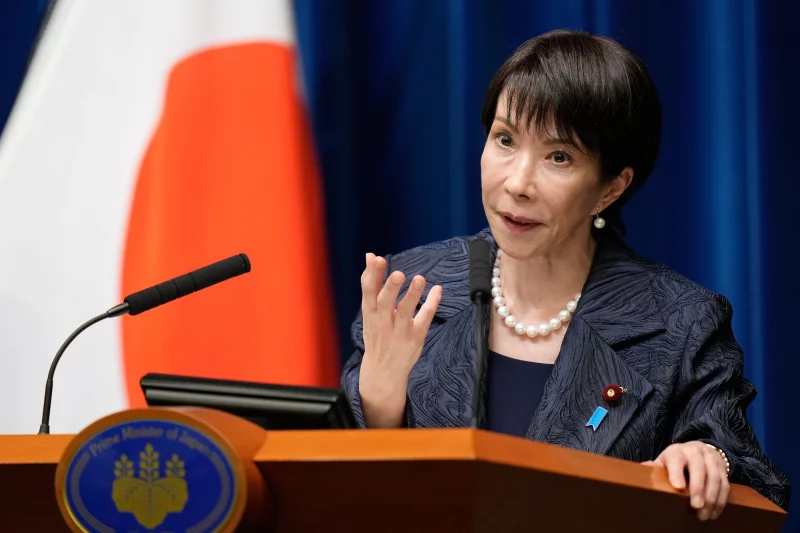
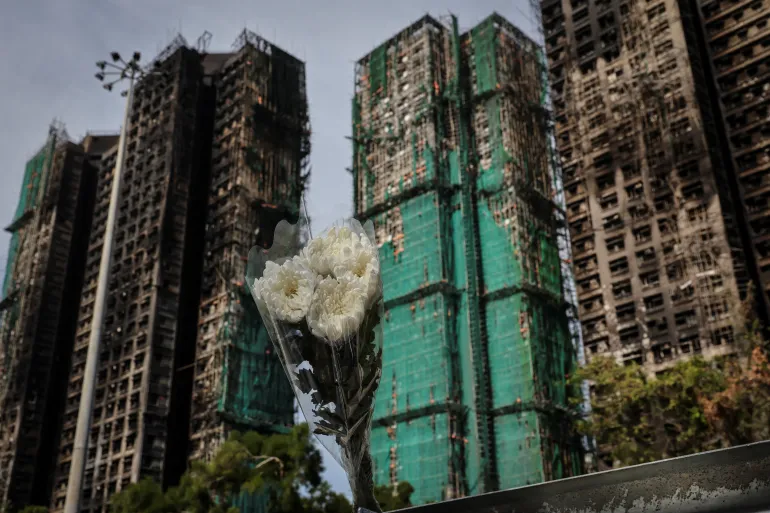
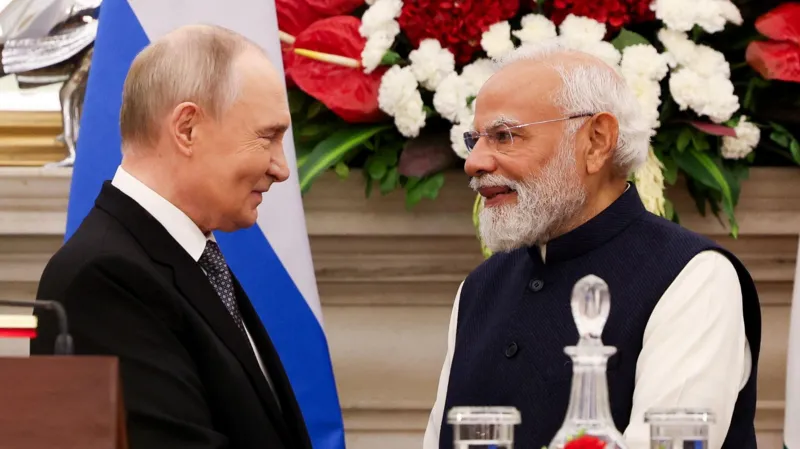
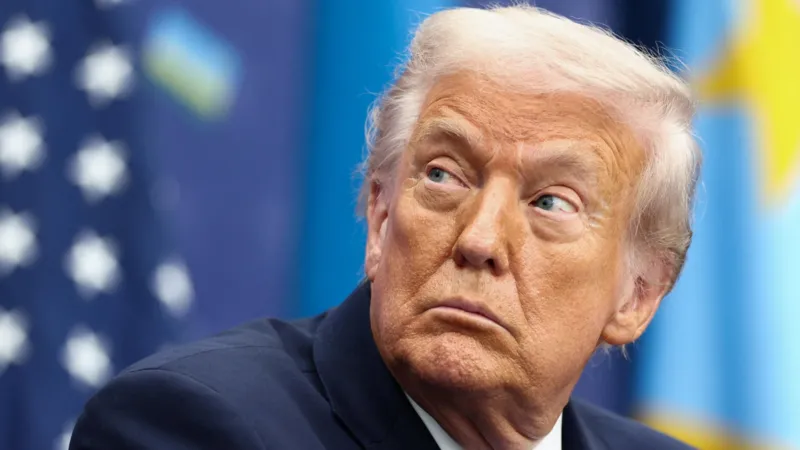
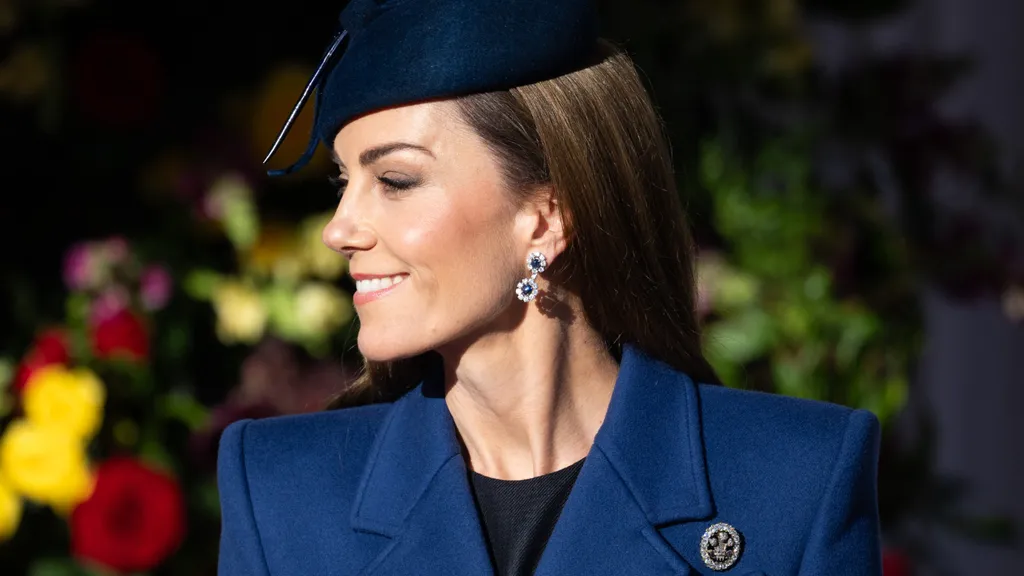
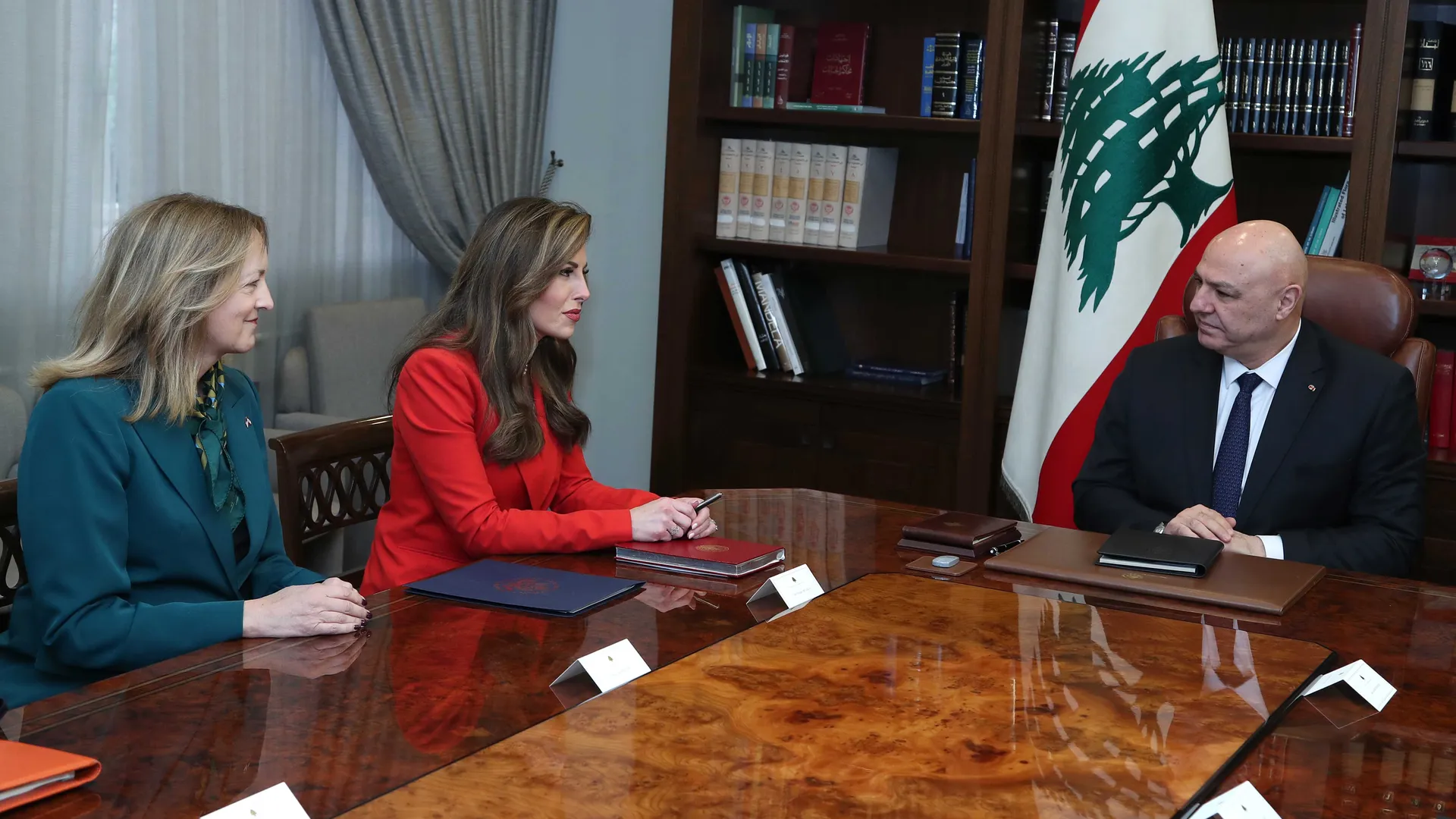

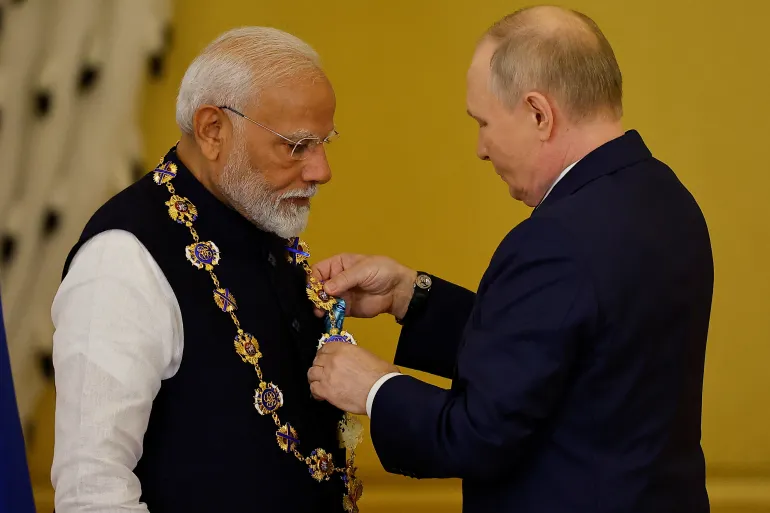
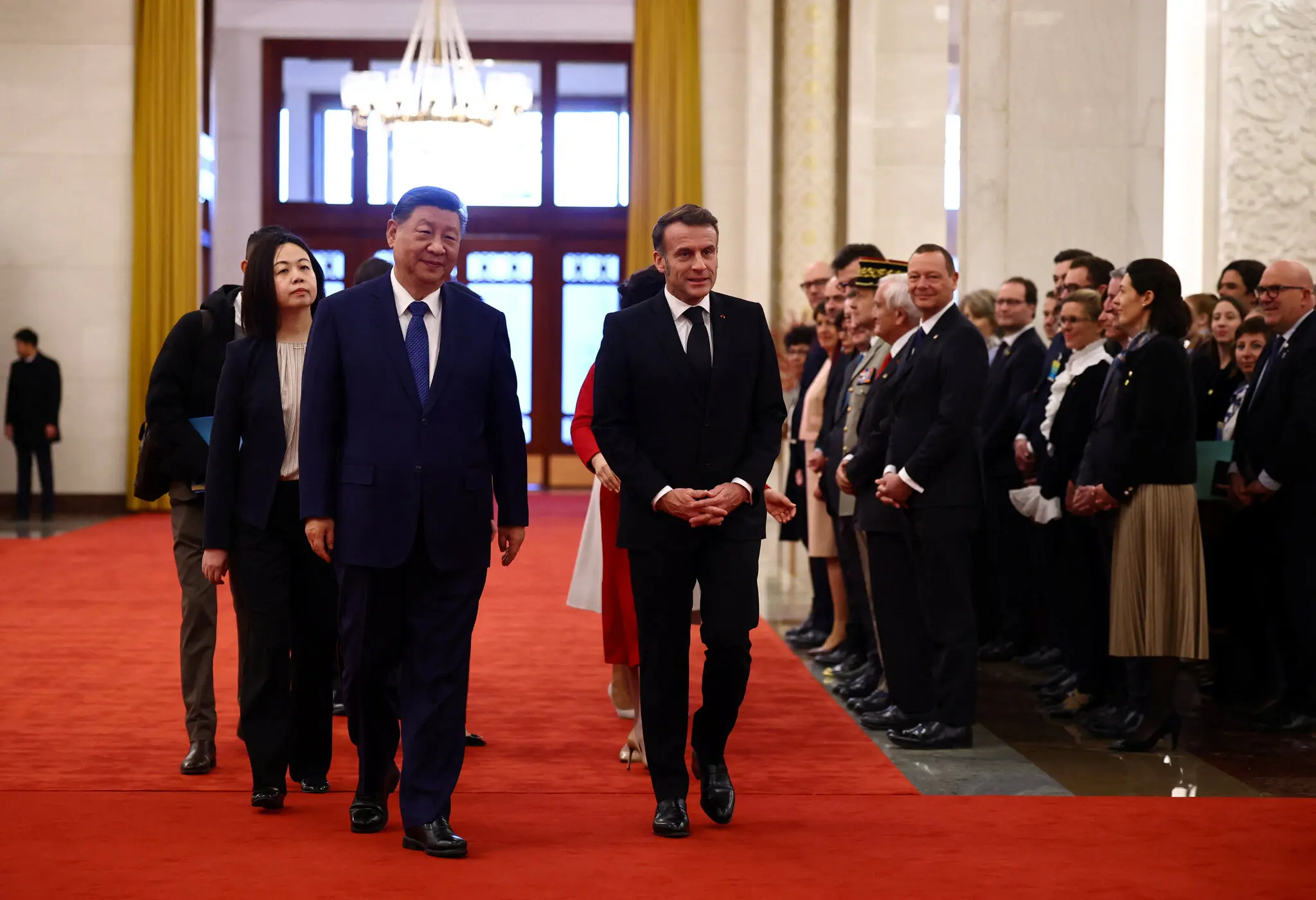
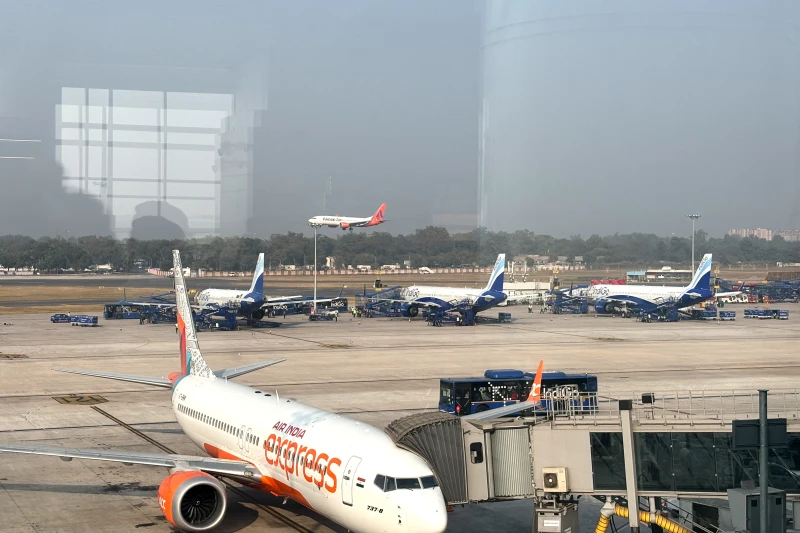
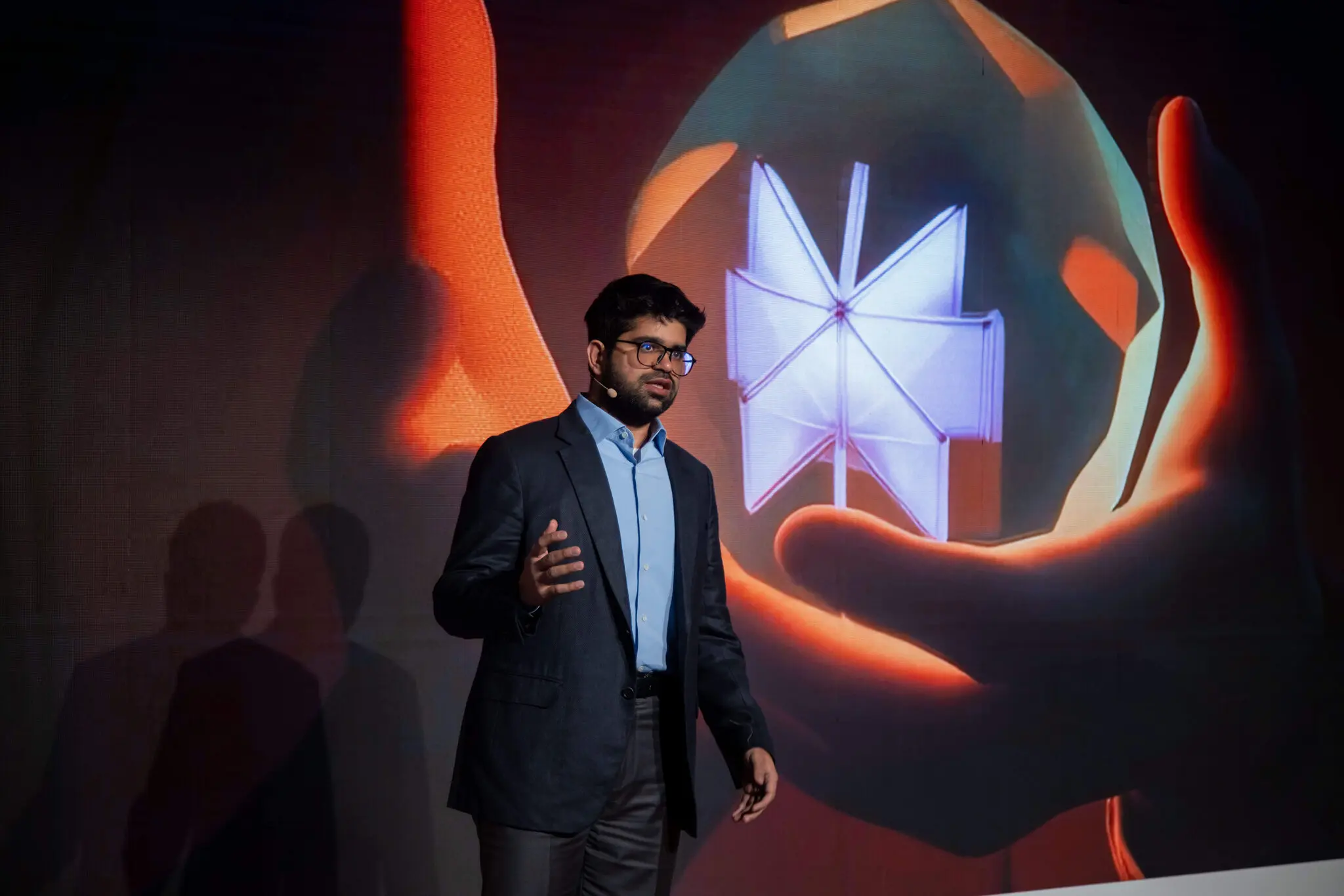
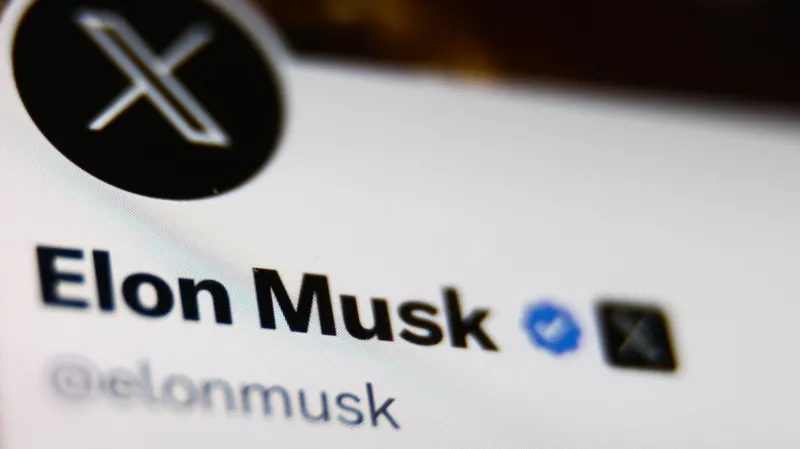
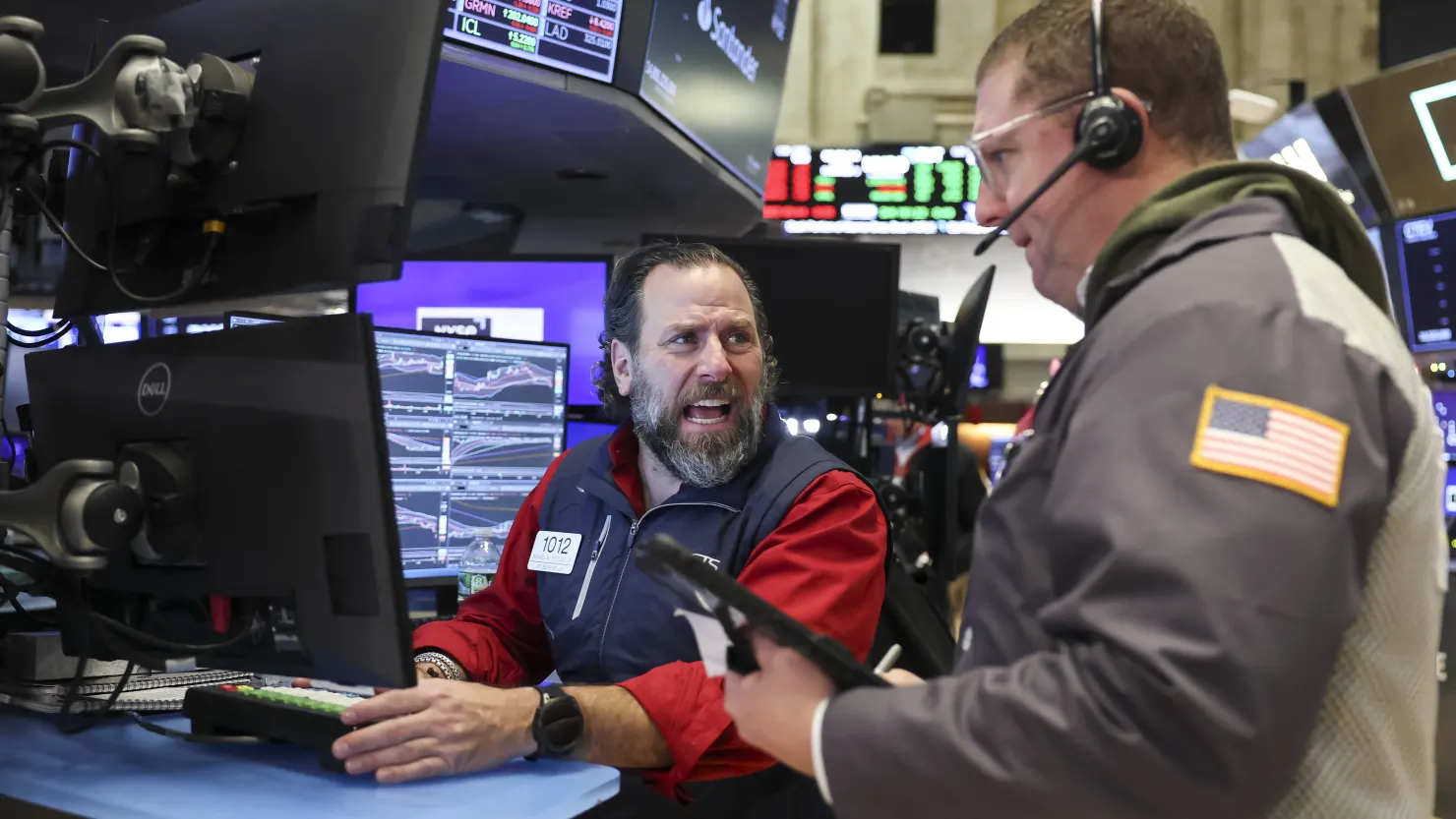
Leave a Reply